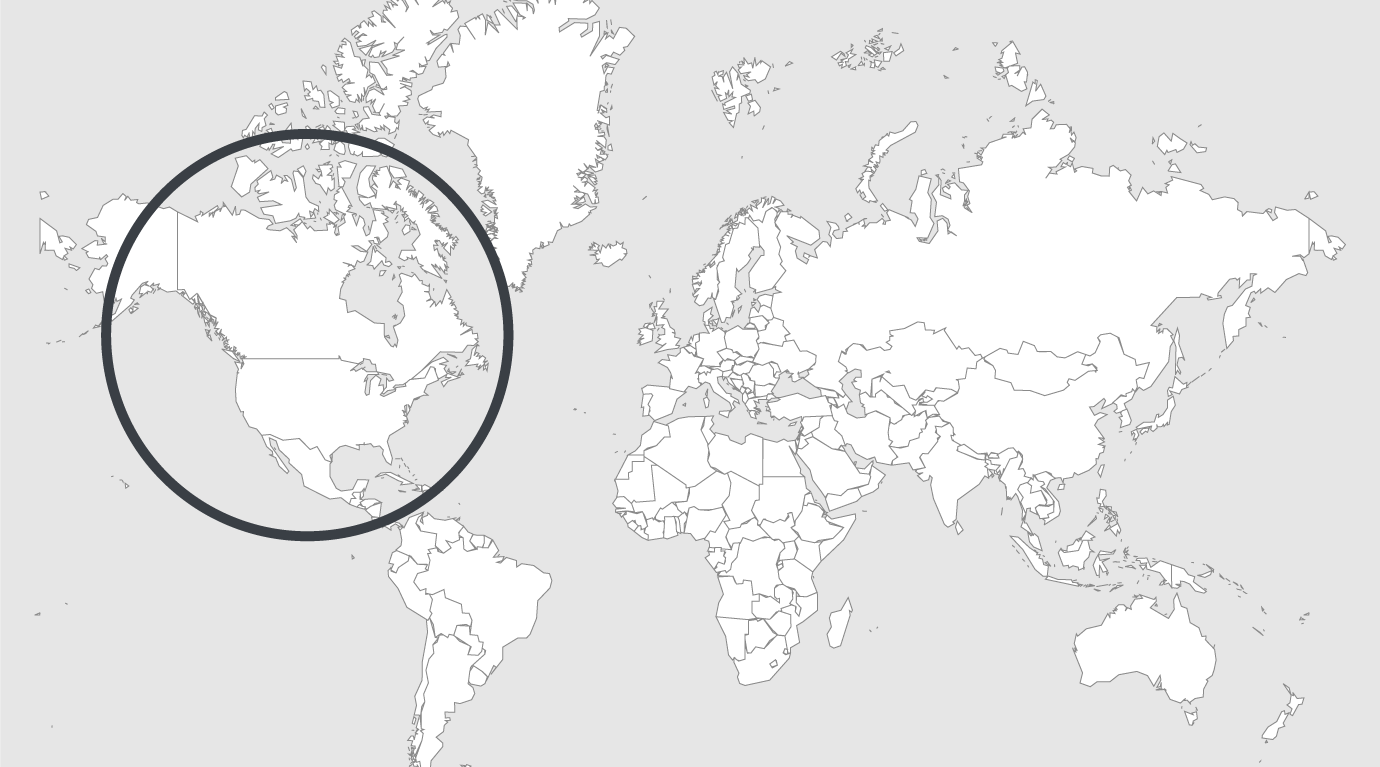
Explore
USA: how over-incarceration is driving a push for criminal justice reform
It’s no secret that America has an incarceration problem. And being “tough on crime” is something politicians proclaim in election years to prove that they care about safety. But a recent poll commissioned by the Vera Institute of Justice shows that the tide is turning when it comes to what people want for their communities. A majority of Americans—67 percent overall, including 61 percent in rural areas—agreed that building more jails and prisons does not reduce crime.
While politicians make remarks about the dangers of “inner-city crime,” incarceration rates in major cities have fallen while rural communities have seen the most growth in incarceration rates and the jail population. Across the nation, when those polled were asked what they wanted their communities to invest in to improve quality of life, building prisons and jails (35 percent) lagged far behind other measures like providing jobs and job training (92 percent), investing in schools and youth programs (87 percent), and investing in mental-health treatment centers (87 percent).
In fact, nearly half (49 percent) of respondents said they believed “too many people are in jail for the wrong reasons,” and 55 percent agreed that the country’s criminal justice system discriminates against poor people. CityLab spoke with Jasmine Heiss, a director of outreach and public affairs strategist at Vera, about what this new data means and how it might lead to changes in policy around incarceration.
Was there anything that surprised you about these findings?
I think the most interesting part from looking at the findings [is] how they match up to the geography of incarceration. Vera decided to undertake the survey because incarceration is climbing in rural areas as it is decreasing in cities: Los Angeles, Chicago, New York, even Philadelphia. We know that incarceration rates are rising, which often reflects a tough-on-crime stance. But that approach is not supported by people who live there. The percentage of people who would describe themselves as concerned if they knew incarceration rates in their community were higher than those in similar communities: 60 percent overall, and 66 percent in rural areas. This points to the fact that the nation is ready for an urban-rural movement against incarceration.
The report at one point says that “the country has concluded that what we are doing, the system of locking a lot of people up in prisons and jails, is not working.” How did this shift come about?
I think one of the drivers was not just an increased recognition of human toll, but that it wasn’t financially sustainable for many states or counties. America’s smallest places are now home to some of the most outsize jails, and in some cases have overbuilt those systems to take advantage of things like holding state or federal prisoners to [balance] their budgets.
What role, if any, has the new wave of progressive prosecutors played in this reversal?
When you’re looking at jails specifically, it’s often judges that play an even more outsized role than prosecutors. We released a profile of Montgomery County in New York, and when [the researcher] went there to look [at the cause] behind high incarceration rates in Montgomery—which is a tiny industrialized city—it was largely due to one or two system actors: the local judge, who was referred to by other members of the justice system as “the time machine,” because he charged everyone who went before him with the maximum fee and locked up those who couldn’t pay.
Read full article.
